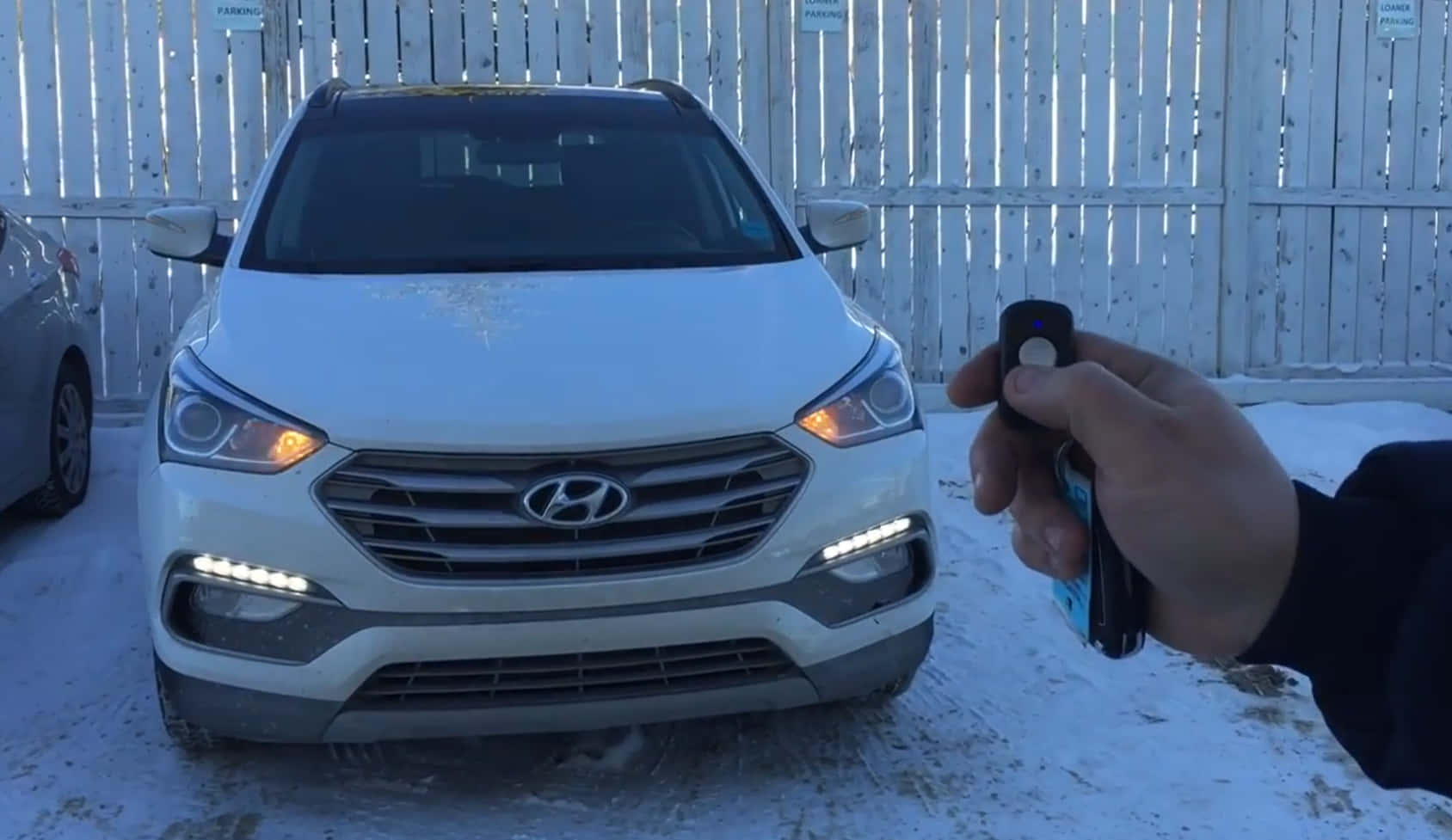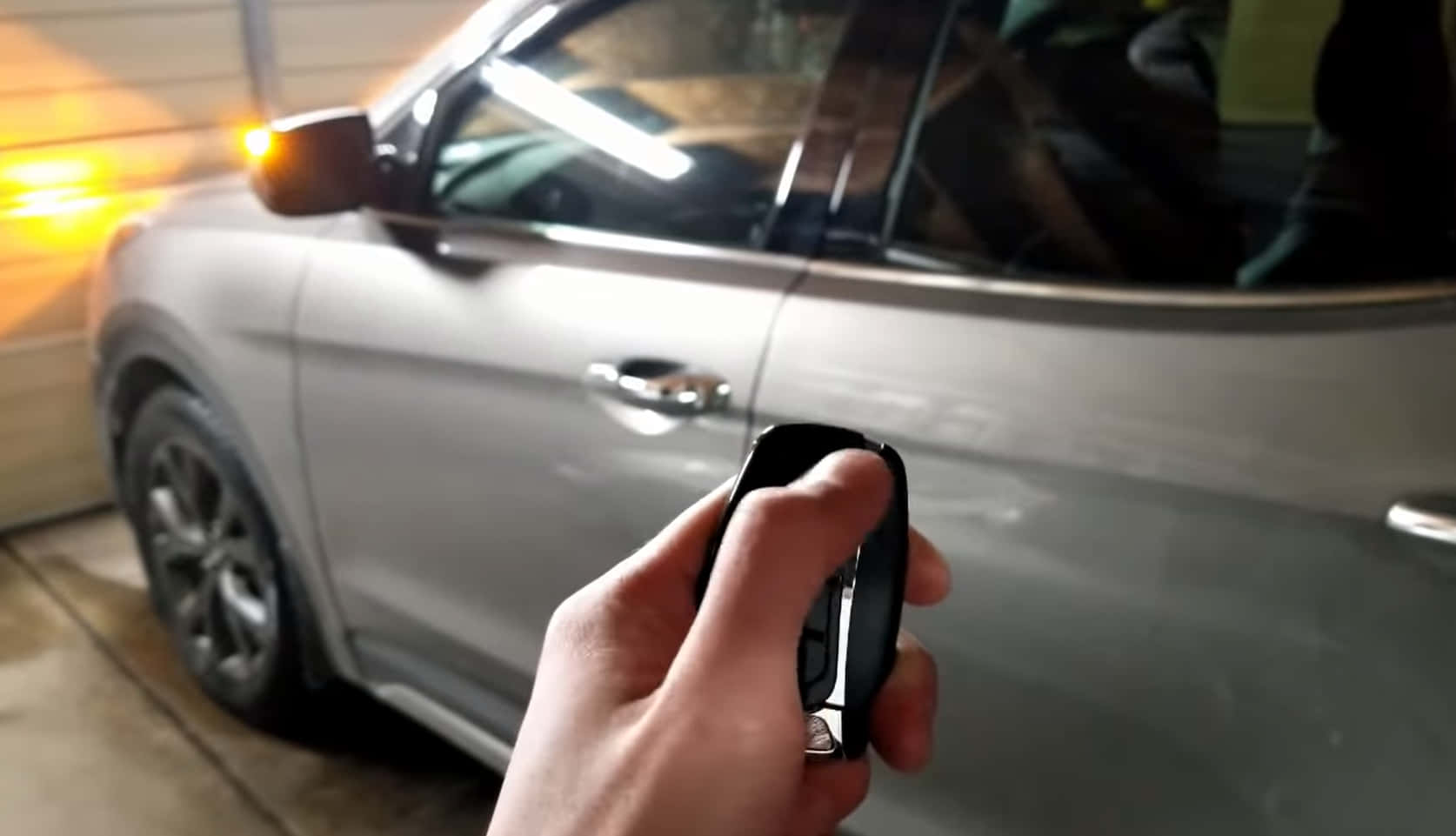Some of you may have been wondering if you can do a Hyundai remote start flashing lights disable.
Basically, remote starters are excellent during those cold mornings when all you want is to get into your toasty and cozy vehicle for your drive.
This is why a remote start sounds about right for such a situation.
But then again, there is the issue of remote starters acting up, not to mention the flashing lights that can be quite problematic for some people. Learn more about whether you can disable this feature and other important things you need to know.

Hyundai Remote Start Flashing Lights Disable
A remote start feature can be found in Hyundai vehicles that come with a push-button key fob for starting whether for the dual clutch transmission or automatic transmission. It is also not available on all Hyundai models.
Among the models that have it are the 2021 Hyundai Turbo, Calligraphy, Sonata, and the N Line. Moreover, you will need to subscribe to the Blue Link Remote Package before you can use remote start.
The way the remote start function is by pressing on the key’s “Lock” button then press the remote start for 3 seconds. This activates the remote start. Then, the system checks your vehicle if it is good to start. After 5 seconds, the vehicle starts and the engine runs for 15 minutes. When you press and hold your start button for about 2 seconds, the engine shuts off.
It is also important to note that there are safety features involved in the remote start. The engine shuts off in the case of these situations:
- Engaged brake pedal before using the ignition key
- Open tailgate door or hood
- Triggered security system
- Engine running for over 15 minutes
Generally, remote start is not illegal. However, it only becomes illegal when your vehicle is on idle for a long period or time, which can then lead to pollution. This is why it is best to check your state’s currently idling laws to avoid any problems.
There are also some pros and cons to a Hyundai remote start. These include the following:
Pros:
- Convenience in pushing a button to start the car and get it ready in no time
- Protecting the car by warming the engine up and the oil
- Setting the desired temperature remotely when the weather is harsh
Cons:
- Remote start is expensive as it works via technology
- Repairs can be more costly than with traditional vehicles
- Remote start can be a gas guzzler if you leave the vehicle running or the remote start has no auto shut off
Disabling Flashing Lights On Remote Start

There are some people who complain about the flashing lights on remote start of their Hyundai vehicle. The constant flashing of the hazard lights tend to go on for as long as 10 minutes or so of the warm up. It is not the initial flashing that can be annoying for some but the continuous flashing that can be an issue.
For instance, this begs for attention, especially if the engine starts very early in the morning and can be a disturbance to your neighbors. But if you parked your car in a dark and crowded parking space in the late evening, then the flashing lights can be helpful.
Fortunately, if you use the key fob for starting the car and not using Blue Link, then the lights will not flash. But overall, this cannot be disabled since it is a safety feature set by Hyundai.
Read More: Does Hyundai Warranty Cover Windshield? Here’s What You Never Knew!
Final Thoughts
A remote start offers the convenience and efficiency of starting your vehicle remotely as far as 500 feet. There are those who like this feature while others are not too fond of it.
But overall, this is a function that Hyundai is adding to its newer vehicle lineup, this is why it is not a passing trend but something that can last a long time. It is only a matter of using it correctly, making sure you don’t start and run your engine for too long, and avoid tampering on this feature to prevent any issues along the way.